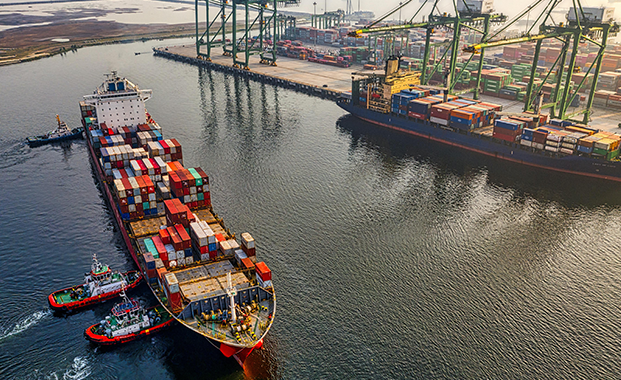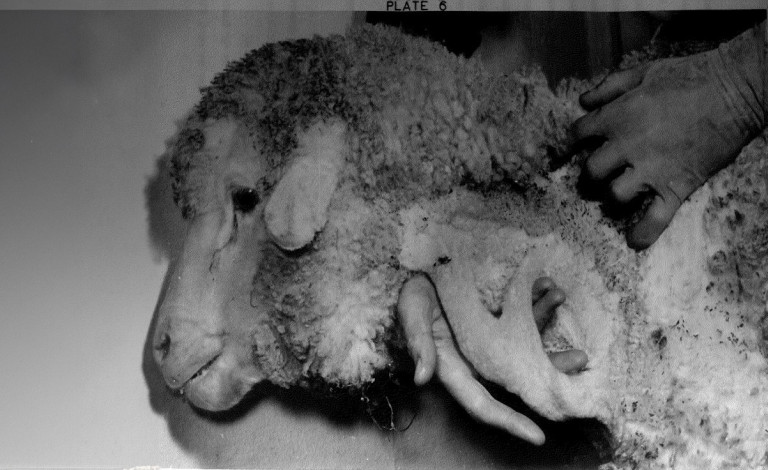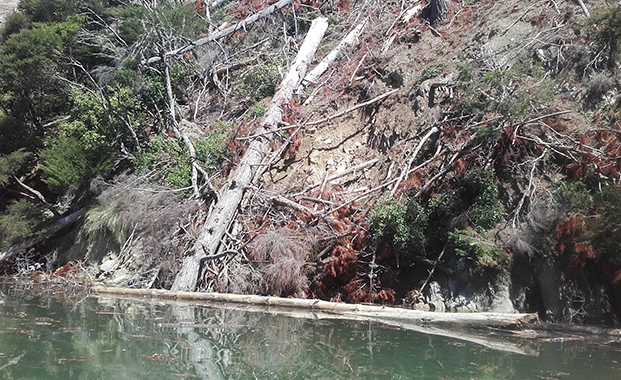Covid not locking down consumer spending
24 June 2021 | Research News
Research looking at consumer habits during the Covid-19 imposed lockdowns in New Zealand found spending still continued after a panic buying spree.
Lincoln University Senior Lecturer Dr David Dyason co-authored Panic Buying and Consumption Displacement during COVID-19: Evidence from New Zealand with C. Michael Hall and Girish Prayag of the University of Canterbury, and Peter Fieger of Federation University.
Dr Dyason said while overall spending dipped, consumers continued to spend more per transaction within the lockdown period.
"In fact, consumers continued to spend more per transaction within the lockdown period.
"Home and recreation spending went up before lockdown as people wanted to keep themselves busy at home, and the spending went down due to the lockdown.
"But, at Level 3, when retailers opened again for trading, there is an immediate bounce in home and hardware purchases – the value per transaction went way above historical norms.
"People want to eat and keep themselves busy and work on the house and garden. Both these trends remain after lockdown."
In terms of the current alert level change in Wellington, he predicts that "we are likely to see people buy groceries and hardware/homeware from the announcement of the change".
According to the research, there was an immediate increase in consumer spending in the days leading up to the 26 March 2020 lockdown, after it was announced that the country would be shifting to alert level 4.
The magnitude of the panic-buying event far exceeded historical seasonal patterns of consumer spending (outside of Christmas and Easter).
As the alert levels relaxed from April, consumer spending lifted, and by 14 May, most restrictions were removed and retail spending remained high.
Spending had already risen before 26 March, 2020 as news from international lockdowns of countries started to emerge. It continued to increase daily when the implementation of a lockdown became foreseeable.
Due to the continued accessibility of grocery stores, panic buying continued into alert level 4 and began to subside slowly after Easter weekend until it stabilised after the lockdown.
Understanding such purchasing and stockpiling behaviour provides critical information for government, disaster management organisations and the retail sector, as well as policy makers to adjust crisis response strategies.
From a business perspective, it can also allow for better management and adjustment of inventory and can improve supply chain management while maintaining consumer satisfaction.


